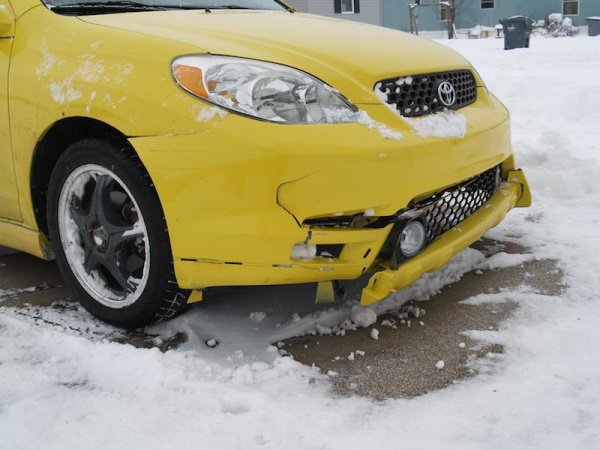Adverse weather conditions can be as dangerous as a reckless driver. As our Ohio auto accident lawyers have seen while handling motor vehicle accident cases, there are several reasons why traffic collisions occur. Some are caused by the negligent acts of drivers like speeding, distracted driving, drunk driving, tailgating, etc. At other times, crashes happen due to factors outside the driver’s control.
An excellent example of the preceding is adverse weather conditions. According to the United States Department of Transportation, on average, there are over 5,891,000 vehicle crashes each year. Approximately 21% of these crashes — nearly 1,235,000 — are weather-related. On average, nearly 5,000 people are killed, and over 418,000 people are injured in weather-related crashes each year.
These statistics show that adverse weather conditions cause road accidents more often than people are aware of. It also begs the question, how do adverse weather conditions cause motor vehicle accidents? This article aims to provide answers to this all-important question.
How Motor Vehicle Accidents Happen in Adverse Weather Conditions
People believe the winter months in Ohio are the most dangerous times to be on the road. While this is mostly true, winter is not the only time adverse weather conditions cause auto accidents. Whether it is rainy, snowy, or sunny, extreme weather can cause you to crash on Ohio roadways. Below we look at different weather conditions and how they contribute to auto crashes.
Wet Weather
Wet roads mean double stopping distance and reduced vision. When it comes to driving a car, a combination of the two is quite lethal. It also doesn’t help that the spray from other vehicles can affect a driver’s visibility. Therefore, slow down and stick to the speed limit when driving in a drizzle.
Roads during wet weather are damp, which causes reduced traction. Also, when the moisture mixes with any oil on the roadway, it makes the surface more slippery. Another thing to do in wet weather is turn on your lights. If the rain is extremely heavy, find an appropriate place to pull over and wait it out.
Furthermore, wet surfaces cause tires to skim on thin layers of water (hydroplaning). Hydroplaning combines standing water, car speed, and under-inflated tires. The latter is why you should have your tires checked regularly. If your car hydroplanes, take your foot off the accelerator to allow the vehicle to slow down until the tires have a grip again.
Icy Weather
Icy weather makes stopping distance ten times greater than usual. Unfortunately, very few drivers know this or take account of it. Icy weather motor vehicle accidents occur when drivers come off gritted main roads to ungritted side roads. Gritting roads involves pouring rock salt on the surface to prevent ice formation. Ohio is one of the states famous for gritting roads during winter.
Snow
You don’t want to be on the road when the snow starts melting or when the ice starts freezing over. This is because the road surface would be extra slippery, causing skids. The best way to drive when it’s snowing is by using low gear. If you find yourself skidding, take your foot off the accelerator and turn the front wheels in the direction of the skid. Some drivers do the opposite of this, thereby creating situations that result in a motor vehicle accident.
Fog
Fog is very likely the worst weather to drive in. So if you are driving in foggy weather, lower your speed and turn on your low-beam headlights. If the fog becomes too thick, pull over to the side of the road. Never use a high beam in foggy weather as it reflects back and creates a glare that affects your visibility. In addition, turn on your hazard lights to signal other drivers of your presence.
Bright Sunshine
Most people don’t know this, but extremely sunny weather affects visibility. Consequently, this can cause motor vehicle accidents. So if you are highly sensitive to the sun, wear sunglasses when driving and use your visors. Consider tinting your car’s windows, avoid driving when the sunlight is the brightest, and leave a significant distance between you and the car in front.
Other adverse weather conditions that may contribute to an accident are high winds, crosswinds, and hot weather.
Contact a Reputable Ohio Car Accident Law Firm
Indeed adverse weather conditions contribute to motor vehicle accidents. However, there are instances where the crash could have been avoided if not for the driver’s negligence. In such cases, the negligent driver has to compensate the victim.
Our Ohio car accident lawyers can help you get maximum compensation if you’re the victim of an accident. Contact us today for more information on how we can help you. We offer free initial consultations.





